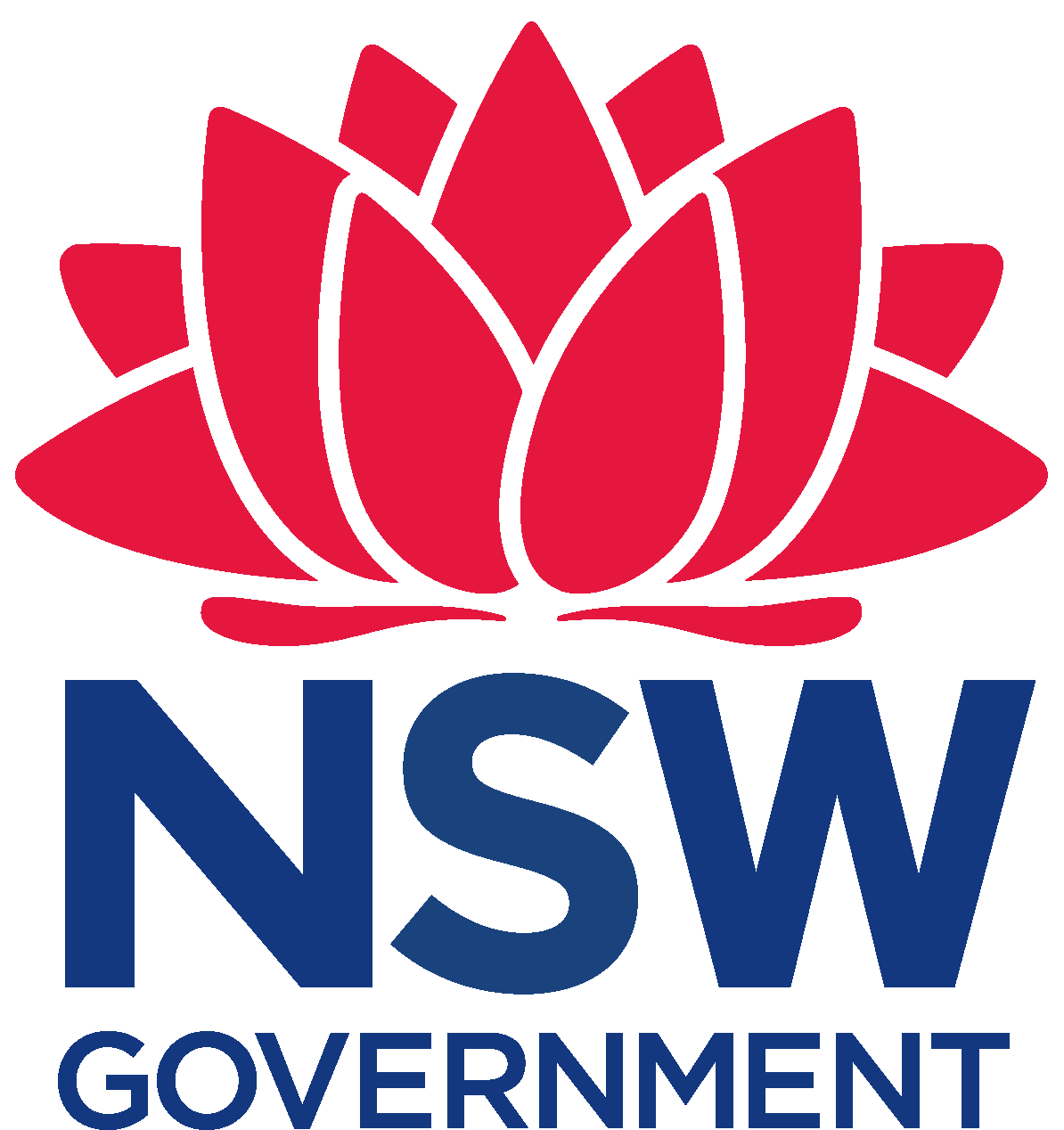On Tuesday the 14th of May the federal Treasurer handed down his third Budget. It is a Budget that seeks to provide relief from the high cost of living, continue our transition to net zero emissions by 2050, develop manufacturing capability and progress the government’s inclusive growth agenda, particularly for First Nations people. Deficits in the range of $24.3 to $42.8 billion are forecast each year over the forward estimates pushing net debt from $552.5 billion in 2024-25 to $697.5 billion in 2027-28. This is a significant change from the $9.3 billion surplus this financial year (2024-25) and the $22.1 billion surplus in 2022-23 mainly due to shifts in commodity prices and unemployment impacting tax revenue. The government has made it a priority to design its payment measures to not fuel inflation or prompt another interest rate rise by the RBA. This is the ultimate challenge in this Budget – to support monetary policy in getting inflation back to the target range of 2-3% (which is forecast for end of year) while achieving the government’s policy objectives moving into an election in 2025.
Like most Budgets the news headlines are on the big spending initiatives. These include nation building projects like $120 billion for an infrastructure investment pipeline, $50.3 billion for the national defence strategy, $19.7 billion for Australia to become a renewable energy superpower and $7.1 billion for construction of Snowy 2.0. While important for the country these will not have as much of a direct and immediate impact for our clients as the big cost of living relief and social service reform measures. These include $3.5 billion for energy price relief where a $300 rebate will be provided to all Australian households and a $325 rebate to eligible small businesses on 2024–25 bills, $3.4 billion for new and amended listings on the Pharmaceutical Benefits Scheme, $2.3 billion to strengthen Medicare and $2.8 billion to improve Services Australia’s service provision. Possibly the most talked about item in recent times, are the income tax cuts for all working Australians. From 2024–25:
- the 19 per cent tax rate will be reduced to 16 per cent
- the 32.5 per cent tax rate will be reduced to 30 per cent
- the income threshold above which the 37 per cent tax rate applies will be increased from $120,000 to $135,000
- the income threshold above which the 45 per cent tax rate applies will be increased from $180,000 to $190,000.
Two other tax changes likely to have a direct impact on our clients is an increase in the Medicare levy threshold for low-income earners and an extension of the $20,000 instant asset write-off by 12 months until 30 June 2025.
Our farmer clients will be particularly interested in a number of agriculture and disaster management portfolio payment measures:
- $107 million over five years from 2024–25 to support an orderly phase out of live sheep exports by sea.
- $14 million over two years from 2024–25 for the Clean Energy Regulator to administer the Nature Repair Market once open for participation.
- $519.1 million over eight years from 2024–25 from the Future Drought Fund for initiatives that provide improved support to farmers and communities to manage drought and adapt to climate change. This includes $83.2 million over five years from 2024–25 to continue the Farm Business Resilience Program to provide farmers, farm workers and advisers with access to learning and development opportunities and continue the scholarships program.
- $73.3 million over four years from 2024–25 (and $18.9 million per year ongoing) to further uplift the National Emergency Management Agency’s capacity to support Australians before, during and following a disaster.
The Government will also be terminating the Plantation Development Concessional Loans program and redirect the available loan provision ($37.5 million) to other loan products managed by the Regional Investment Corporation to maintain support for the farm business sector.
Finally, the Budget contains a number of significant announcements for the financial counselling sector:
- $138 million has been provided over five years from 2023–24 (and $35.4 million per year ongoing) to boost support for Australians in financial distress or experiencing financial hardship and to build financial resilience. While most of this is being allocated to front line financial counselling services, some of it will be given to Financial Counselling Australia to increase capacity and capability across the sector.
- $10.8 million has been provided over two years from 2024–25 to extend the Small Business Debt Helpline and the NewAccess for Small Business Owners program to continue to provide financial counselling and mental health support for small business owners.
These announcements continue key programs in our sector and validate the important work RFCS NSW do.



